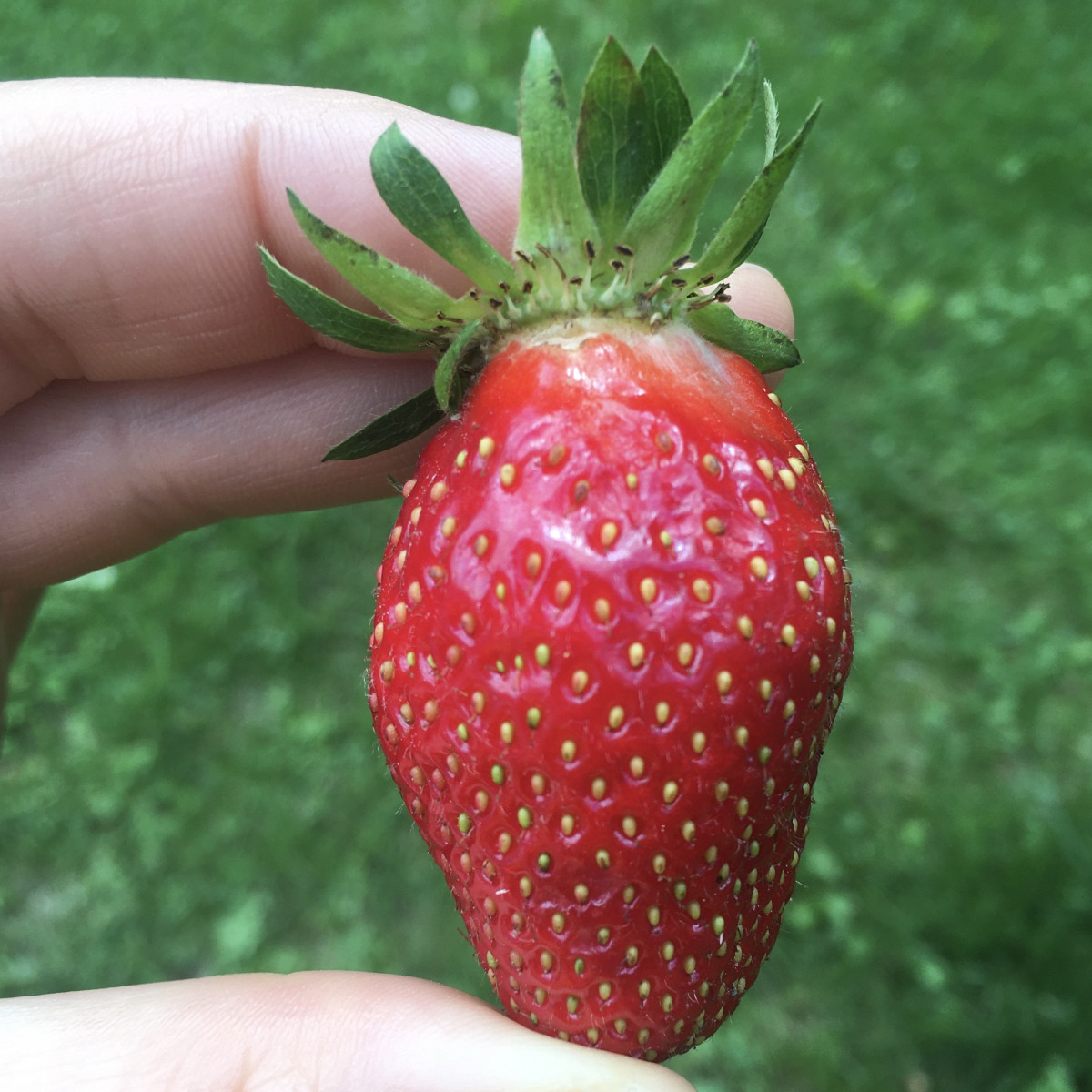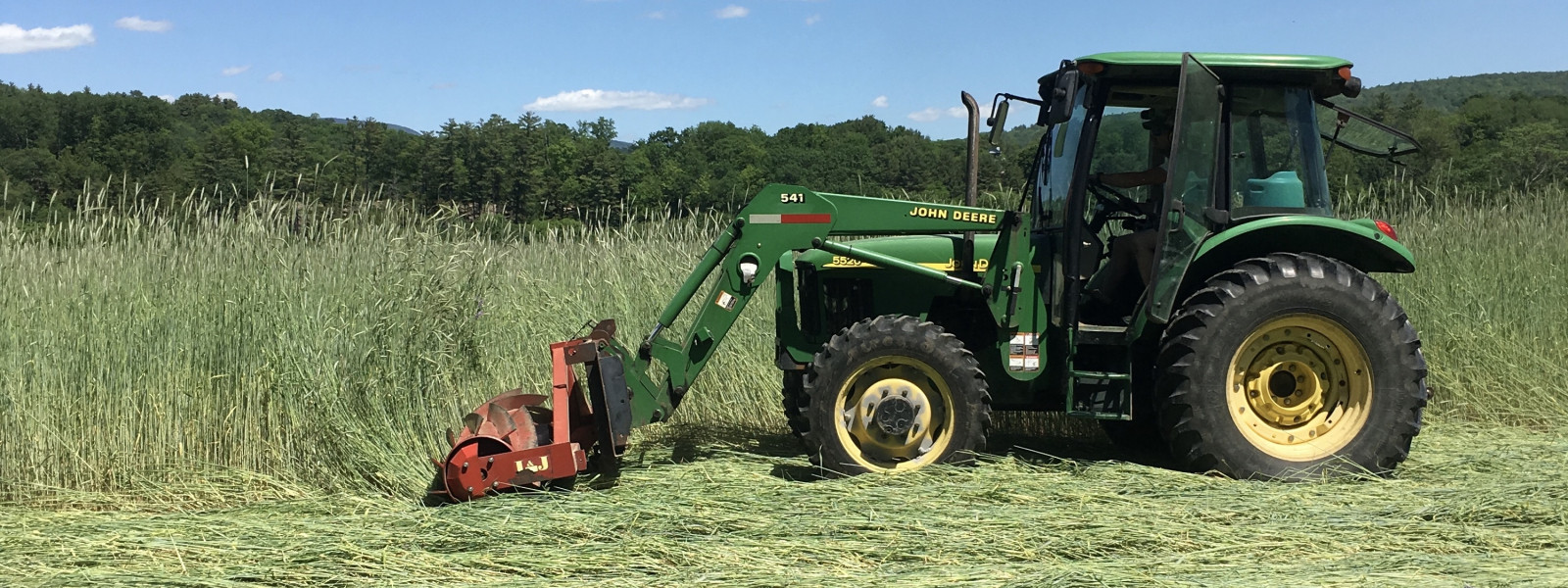Nature Notes: The Truth about Strawberries
Friday’s #FloraFriday was so interesting we had to dive deeper! In that post we learned that strawberries (and raspberries and blackberries) aren’t truly “berries,” botanically-speaking. They’re actually clusters (or aggregates) of many small “fruits,” each with its own seed, which is why they’re called “aggregate fruits.” Straw-aggregate-fruit isn’t very catchy, though!
Thankfully blueberries are true berries, as are cranberries. But so are tomatoes, bananas, cucumbers, lemons, and watermelons! So, what does it take to be a berry?
To be a berry, you’ve got to be a “fleshy” fruit (think plump and juicy) with one or more seeds inside, formed from a flower with a single ovary. Aggregate fruits come from flowers with multiple ovaries— multiple ovaries = multiple fruits!
The strawberry flower’s ovaries (and other reproductive parts) are located in the center—in the yellow part —of the flower and they look like little bumps. In order for a fruit to form, pollination must occur (thanks, bees!). Once the pollen gets into the ovaries, fruit starts to form and the ovaries begin to swell. We can notice the yellow center of the flower start to elongate and form that strawberry shape we’re all familiar with.
You can start to see that strawberry shape forming in the center of this flower, but especially in the one in the back!

Once that strawberry is formed, you can still spot the flower’s pollen-producing reproductive parts called stamen. In the photo below, look right under the green cap—the stamen are the little brown stalks that look a bit like mushrooms.

Sometimes a visual is more helpful in understanding how things work, so we’ve left it to the pros with high-def cameras. Here’s a short time lapse video of a blackberry (aggregate fruit) forming from a flower (with multiple ovaries). You’ll never look at your fruit quite the same!
To dig even deeper, check out these resources:
- https://www2.palomar.edu/users/warmstrong/termfr4.htm
- https://www.mcgill.ca/oss/article/did-you-know/bananas-are-berries-raspberries-are-not
- https://www.foodrepublic.com/2013/05/20/14-things-you-didnt-know-about-strawberries/







